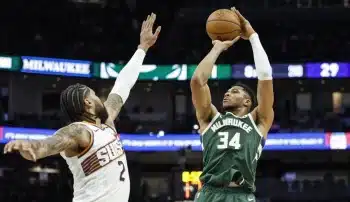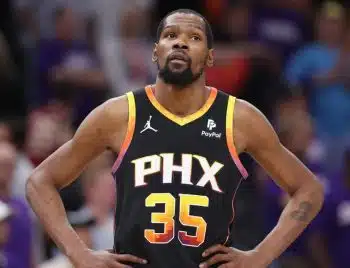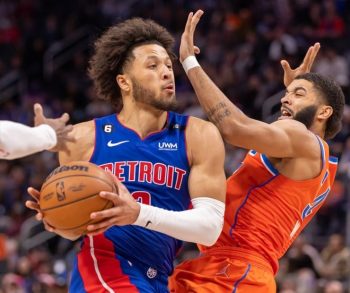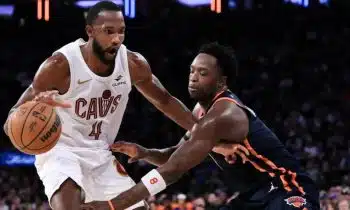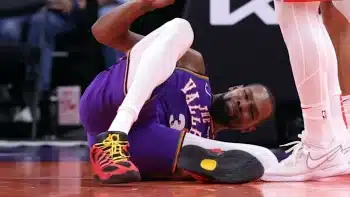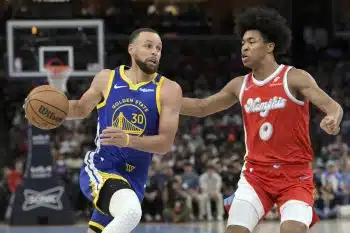NBA
High-Performance Mindfulness: What Players Can Learn From Brandon Ingram
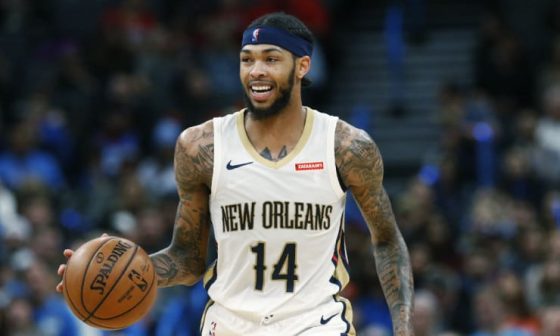
For younger players, maybe one of the most important elements of successful progression is their ability to mentally and emotionally self-manage.
Throughout a career, and as the stakes increase, the amount of external variables that a player is faced with processing can multiply exponentially both on and off the court.
For players with effective and leverageable skill sets for clear decision-making, as well as mental and emotional self-management, this is a valuable asset. However, for many, it can be like a trial by fire. This means that habits picked up through a career to cope can be either supportive or destructive.
However, players who have the foresight to employ proactive self-management tools — before the volatility of life hits — have a leg up on overall well-being, and with on-court performance.
Brandon Ingram
Brandon Ingram, who is still only 22 years old, helps to shed light on how important it is to have mental and emotional processes in place.
Ingram, who is having a career-best year in New Orleans, averaging 25.4 points per game on 49% shooting, experienced ups and downs during his time with the Lakers.
Whether through proactively seeking out mental skills or by picking them up along the way, BI has seemed to find a process that works for him. He also seems to have found an understanding of how important it is to train these internal habits.
“People around me, they can give me talks, they can tell me what to do, but if I don’t have the right mentality, then nothing good is going to happen for me because I’m not going to be confident,” Ingram said.
As one of the younger up and coming players in the league, it is no coincidence that Ingram learned early the importance of implementing a Daily Gratitude Practice. He employs this tool both in the morning and at night after practice.
Neuroplasticity & Epigenetics
As neuroscientists like Dr. Joe Dispenza are now showing, the differentiating factor in human potential may be the ability to harness thought and emotion. In his Wall Street Journal bestseller, Becoming Supernatural, Dispenza provides several studies showing how these two variables are being shown to directly affect the up or down-regulation of the human gene. Meaning, for every thought or emotion that is produced in the body, there is a corresponding chemical reaction. Each one of the reactions, whether positive or negative, either up-regulate or down-regulate the gene. This is especially true for longstanding thought patterns.
According to neuroscience, Ingram, through his Daily Gratitude Practice, may be positively influencing more levels to his game than he consciously realizes. Players like Ingram who can entrain to higher mental and emotional habits can positively influence physiology and performance.
Conversely, a player with chronic and ingrained negative thought and emotional patterns, such as depression, often produces volatile or underwhelming on-court results. On a psychosomatic level, their mental and emotional states are affecting their physiology and performance.
A player like Ingram, who self admittedly went through many ups and downs, has been able to stabilize and hit his stride this season with the Pelicans. What about the players that have not been able to right the ship?
A deeper understanding of how mindset and emotional states affect a player’s physiology and performance can help us understand what is going on under the hood.
Player Development tools that do this can work to reshape long-standing mental and emotional patterns. Furthermore, providing players with a systematic way of shifting well-being and performance upwards can provide alignment.
Energy Psychology – Player Development
As discussed in previous columns, Energy Psychology – Player Development works on the habit level of the player to remove mental and emotional barriers that inhibit peak performance and overall wellbeing.
Based on Dispenza’s neuroscience findings, when holding all else constant, there seems to be real evidence to show that a player’s thoughts and emotions are the drivers behind overachievement. With this, EP methods help player’s upshift mental state, physiology and performance by neutralizing subconscious blocking thoughts and emotions.
Whether by the player proactively implementing these techniques or through standardized programs set up by the team, working in this fashion goes much deeper than just getting up shots.
Younger Players & The G-League
Ingram is ahead of the curve in regards to implementing elements of consistent mental skills training into his everyday routine. Other players should take heed.
For younger players still on their rookie contracts — or those just coming into the league — support like this may be a deciding factor in how they move throughout the rest of their career.
The G League also may be an ideal proving ground. A proactive mental performance initiative could provide players still trying to solidify an opportunity for an added skill-set. This could provide a leg-up, not only on the court once that call-up opportunity does come.
